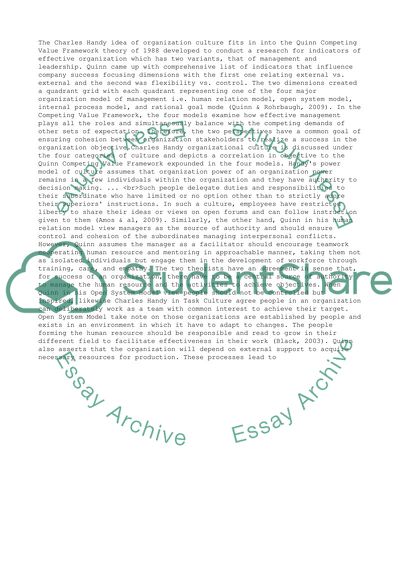Cite this document
(“Motivation Calculus Theory by Charles Handy Essay”, n.d.)
Retrieved de https://studentshare.org/management/1493123-motivation-calculus-theory-by-charles-handy
Retrieved de https://studentshare.org/management/1493123-motivation-calculus-theory-by-charles-handy
(Motivation Calculus Theory by Charles Handy Essay)
https://studentshare.org/management/1493123-motivation-calculus-theory-by-charles-handy.
https://studentshare.org/management/1493123-motivation-calculus-theory-by-charles-handy.
“Motivation Calculus Theory by Charles Handy Essay”, n.d. https://studentshare.org/management/1493123-motivation-calculus-theory-by-charles-handy.


